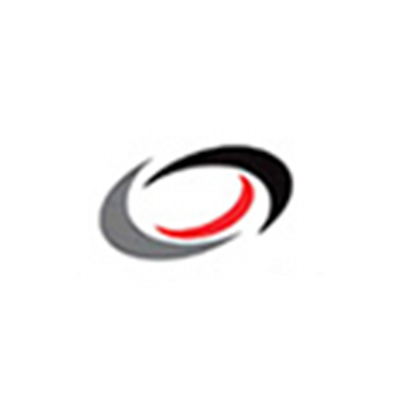In today’s modern workplace, there are countless ways to communicate: email, text, buddy, share, video chat, conference call and of course, phone. Unified Communications (UC) uses all forms of communication available to your business and integrates voice, email, instant messaging, desktop sharing and other functions into a seamless package. While it may sound more complex, UC offers you a more consistent and centralized platform to communicate and stay in touch, optimizing your business’s performance and increasing productivity among staff.
Unified communications integrates and emphasizes use of all forms of communications in your company so your business is essentially “always on” and instant response is possible. Downtime becomes a thing of the past as team collaboration is much easier with constant access to files and info and real-time communication makes it super simple to find out who is available so customers reach the right contact the first time.
By integrating real time and non-real time communications with presence capability, unified user interface and user experience across multiple devices and media types, your telecommunication solution is made up of a lot of tools, not just one single platform.
Go beyond email to communicate.
Unified communications is a good tool for your business to increase productivity. Think beyond email for internal communication to methods like forums, instant messaging and joint work platforms to share information. Your employees can work on the go so there isn’t downtime in non-workable hours and it is easier to maintain contact with staff and clients with easy follow-up. With UC, you can easily multitask between tools and devices and switch from chat to voice to web and video conferencing with ease.
UC securely backs you up in case of an emergency.
Let’s face it, no matter how prepared you are, disaster can still strike and along with it, compromise your data and applications or grind your business activity to a halt, costing you revenue and increasing the frustration among your employees and customers. When you rely on connectivity, outages can cost you money. A solid Unified communications Solution eliminates downtime risk from power outages, natural disasters or unexpected difficulties whether hosted or premise based. When users can more easily connect to multiple devices, they aren’t solely dependent on one single platform and have other means of communication.
Encouraging teamwork, collaboration and increased productivity.
For your staff, unified communications means employees can work together more seamlessly. Messages are stored centrally so all members can access them and there’s no downtime if an employee is sick or absent for any reason. It is also easy to set up a video conference call between staff and clients across different locations with unified communications. Employees can communicate through email, instant messaging, file-sharing so it’s all transparent to every user. Downtime is minimized because with this sharing of documents and exchange of information and notes, employees can make better use of their time. Flexible working encourages their productivity by saving them time from planning in-person meetings when they can virtually connect instead.
Increased mobility means doing business all the time.
By accessing information on the go and sending information on the spot, you can do business in real time with your mobile device. This saves on travel time and allows your staff to work on the go and travel to meet clients or appear offsite with complete access to everything they would need from the comfort of their desk. Response time to emails and messages is decreased so there is very little downtime.
Presence technology allows for immediate response and client relationship building.
Unified communication operates from a single source and can often be integrated with your CRM to help with client relationship and management. Any user is accessible if they have access to a phone or device and with presence technology, you can see if someone is available to communicate and what their preference is, whether that be telephone, instant messaging or mobile phone. This helps reduce telephone tag and cuts down time that users have to search for information and people.
More advanced features can even mean that you can locate a person based on their role, skill or knowledge as the settings can be set to indicate that too. Presence technology can allow staff to show they are unavailable or accepting calls and the response can be sent automatically to text or video call based on their availability.



